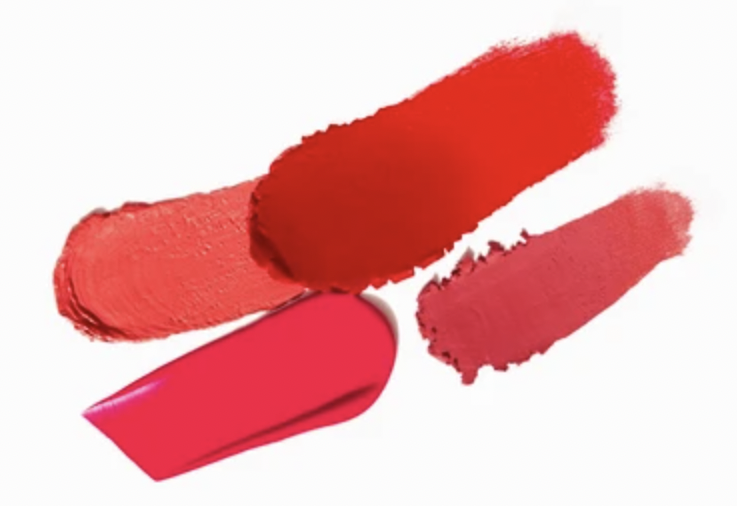From the beginning of human civilization, how humans, especially females, presented themselves showed their status in society. Makeup was a significant part of that, and red lipstick especially took on an entirely different meaning to people. Today, we can trace red lipstick back through time — and see how it has become more than just a cosmetic choice — it serves as a symbol of power, rebellion, and resilience. From ancient queens to women working during wartime eras, the simple act of donning red lipstick has taken on profound cultural and political significance. Particularly in times of war, red lipstick began to transcend vanity, and became a symbol of strength, solidarity, and defiance in the face of turmoil.
Red lipstick has truly been around for an age and a half, dating as far back as 3500 BC in ancient Sumer, where men and women alike used crushed gemstones to decorate their bodies. In Egypt, Cleopatra famously crafted her red lip tint from crushed carmine beetles mixed with ants and wax. Although that doesn’t seem significant to modern-day women, back then, it was a vivid display of both wealth and power.
In ancient societies, red lips weren’t about beauty alone; they were seen as a mark of status, seduction, and divine femininity.
The roots of red lipstick can be traced as far back as 3500 BC in ancient Sumer, where both men and women used crushed gemstones to decorate their lips. In Egypt, Cleopatra famously crafted her red lip tint from crushed carmine beetles mixed with ants and wax—a vivid display of both wealth and power. In those societies, red lips weren’t about beauty alone; they were a mark of status, seduction, and divine femininity. Lipstick became a powerful status symbol. Not only did it tell a story about who you were, it also told a story about who you wanted to be.
Centuries later, red lipstick made its next huge leap; only this time, it was in the hands of women fighting for voting rights. During the 1912 New York City Suffragette March, Elizabeth Arden famously distributed red lipstick amongst the women as the march, turning red lipstick into war paint for the suffragettes—a mark of liberation that stood out vividly against the grey tones of patriarchy, turning it into a symbol that stood against oppression.
The most iconic role for red lipstick was during World War II, where it became a symbol of feminine strength.
The Nazi regime actively despised makeup, prompting many to embrace the color as a patriotic duty, with the US government even working with Elizabeth Arden to create a unique color dubbed “Victory Red,” which was a shade that matched the red accents on female military uniforms. The red lipstick became part of the uniform itself; since the women looked strong, they felt strong, and after women begin to feel strong, the rest of the world follows.
Even during wartime rationing, British Prime Minister Winston Churchill made sure the production of lipstick endured, declaring that it was “good for morale.” Even the women who couldn’t afford lipstick found other ways to dye their lips red; using beet juice or homemade dyes, showing a testament to how deeply symbolic red lips had become.
Even past the wartime era, icons like Marilyn Monroe and Elizabeth Taylor glamorized the red lip, helping it retain popularity through to today.
However, its revolutionary roots always emerged, this time against gender violence. Red lipstick has become a symbol not just for the US, but for the entire world. In Chile and Nicaragua, protesters united with America to use red lips to retaliate against authoritarianism and gender violence, proving how the shade still holds political and symbolic weight amongst the masses.
What started in ancient courts and civilizations has become a timeless testament to the power of women. Red lipstick may seem like a small detail, but throughout history, it has transformed into a bold declaration: We are still here. We are still strong. And we will be seen.
As the world continues to navigate global conflicts, shifting gender dynamics, and the fight for equality, the message red lipstick carries feels more relevant than ever. Today, personal appearance is often publicized, politicized, and over analyzed, making women’s rights once again the spotlight.
Red lipstick is more than a color. It’s a reminder that visibility itself can be revolutionary.





